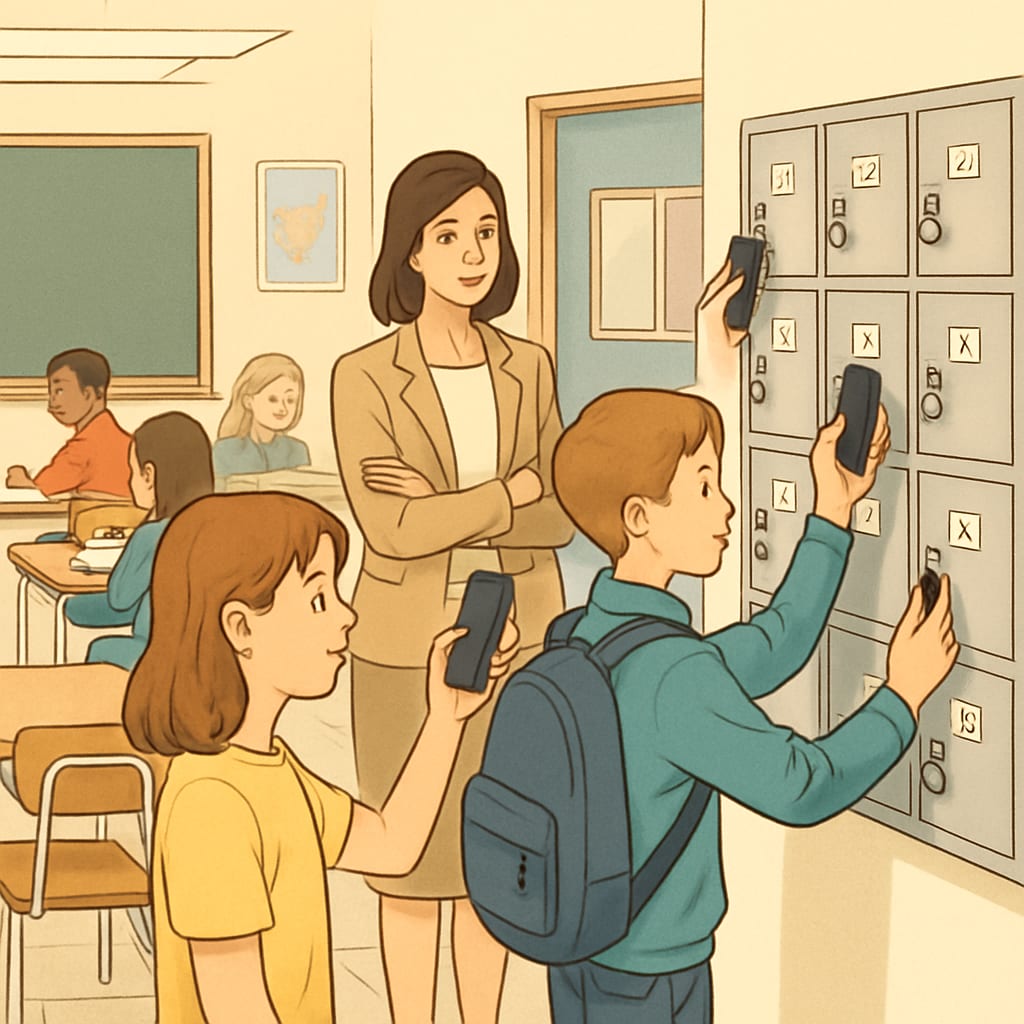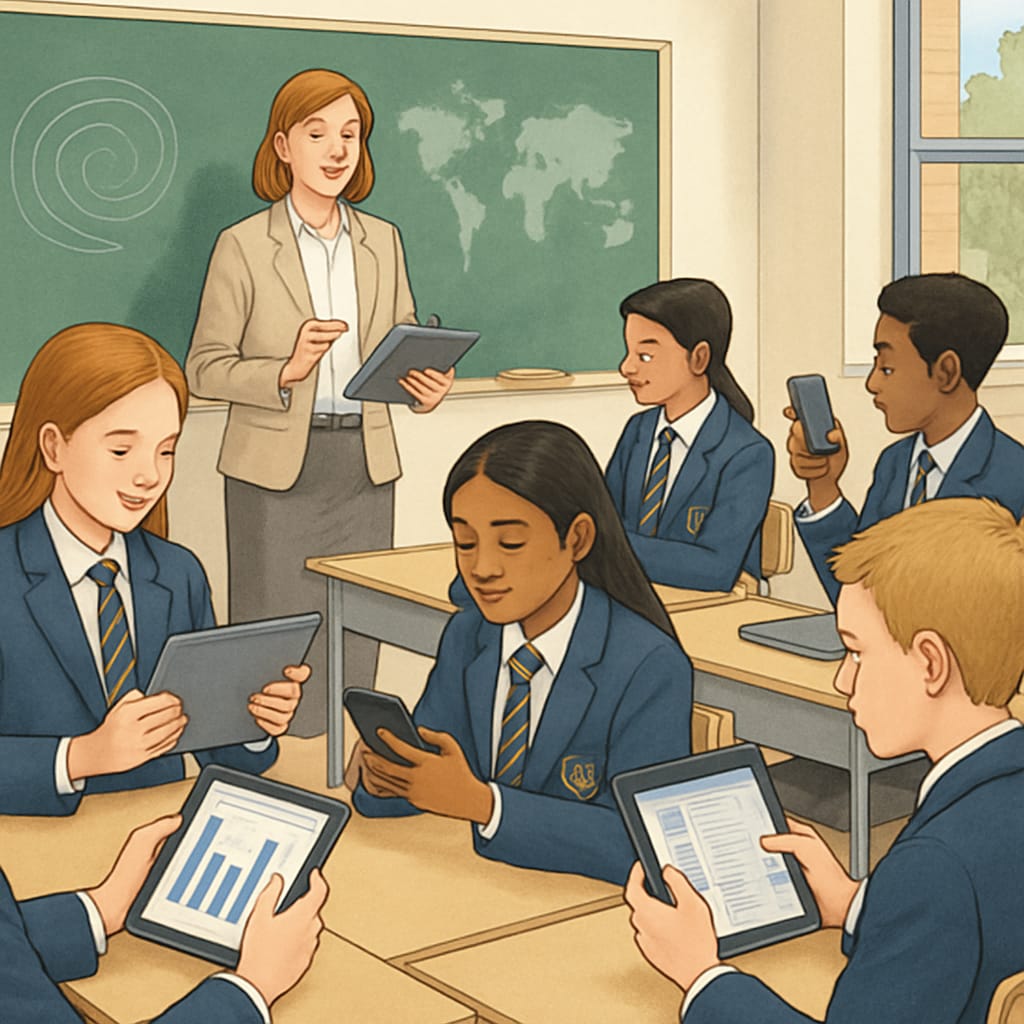The recent implementation of cell phone bans in U.S. public schools has sparked a nationwide debate about “campus cell phone ban policies, public vs. private schools.” While public schools have enforced strict prohibitions, private institutions often adopt nuanced approaches. This divergence of policies has prompted varied reactions from students, parents, and educators, raising questions about the role of digital devices in education.
Understanding the Public School Cell Phone Ban
Public schools across the United States have increasingly adopted comprehensive bans on cell phone usage during school hours. These policies aim to minimize distractions, enhance classroom engagement, and reduce cyberbullying. Schools often mandate that students keep their phones in lockers or turn them off entirely during the day. Research from the Britannica suggests that limiting access to digital devices may improve focus and academic outcomes. However, these restrictions have also led to concerns about students’ ability to communicate with their families in emergencies.

Private Schools: A Different Approach
In contrast to public schools, private institutions often adopt more flexible or individualized approaches to cell phone policies. Many private schools allow limited phone usage during designated times, such as lunch breaks or study periods. These policies aim to balance the benefits of connectivity with the need for focused learning environments. For example, some private schools use technology to enhance learning through educational apps and online tools, a practice supported by findings from Wikipedia on educational technology benefits.

Reactions from Students, Parents, and Educators
Reactions to the cell phone ban vary significantly among stakeholders:
- Students: Many students express frustration, citing the inability to stay connected with friends or access online resources during school hours. Some argue that banning phones overlooks their potential as educational tools.
- Parents: Parents are divided, with some supporting the ban as a way to reduce distractions, while others worry about losing immediate contact with their children during emergencies.
- Educators: Teachers often welcome the ban, noting improvements in classroom behavior and attentiveness. However, they also acknowledge the challenges of enforcing such policies consistently.
These differing perspectives highlight the need for balanced solutions that address the concerns of all parties involved.
The Way Forward: Striking a Balance
As schools grapple with the challenges of managing digital devices, a middle-ground approach may prove most effective. For instance, schools could adopt “phone-free zones” while allowing limited usage during breaks. Additionally, educational campaigns about responsible phone use can help students develop healthy digital habits. Encouraging collaboration between public and private schools to share best practices may further refine cell phone policies, benefiting all stakeholders.
In conclusion, the debate surrounding cell phone bans in U.S. schools underscores the complex interplay between technology, education, and societal expectations. By fostering dialogue and exploring innovative solutions, schools can create policies that support both academic success and digital responsibility.
Readability guidance: The article uses short paragraphs, lists to summarize key points, and transitions for logical flow. It avoids excessive passive voice and maintains an accessible yet professional tone.


